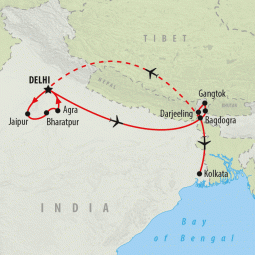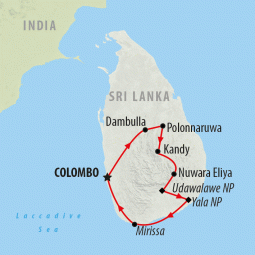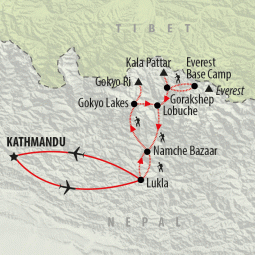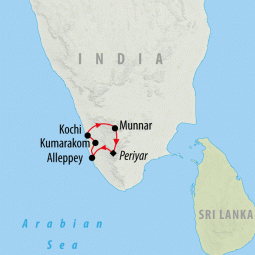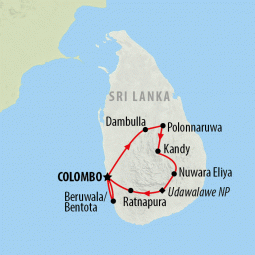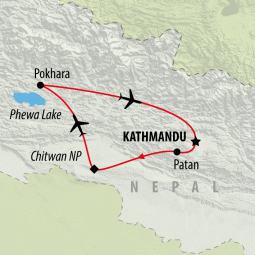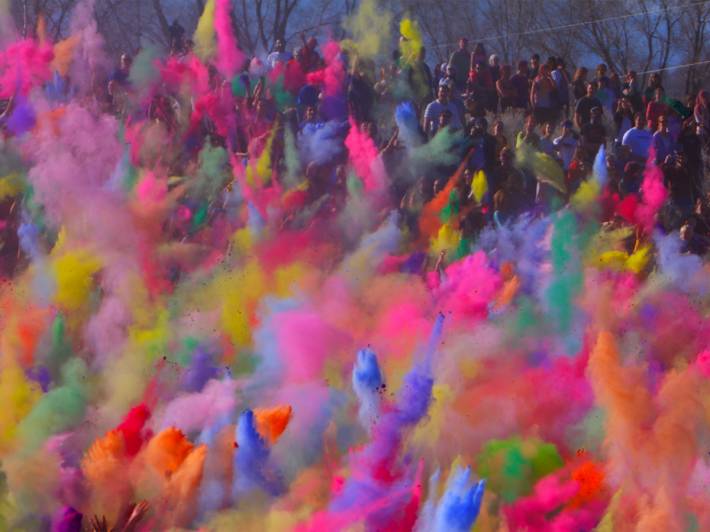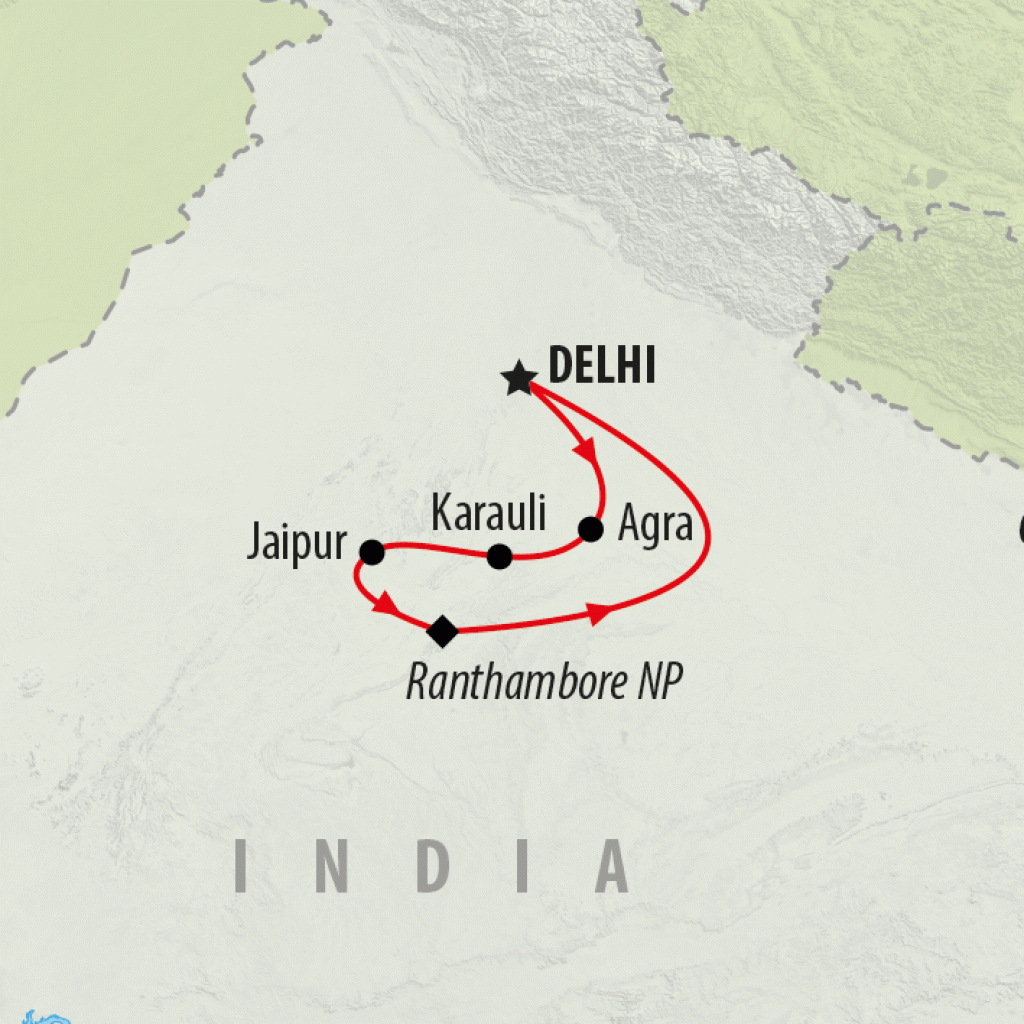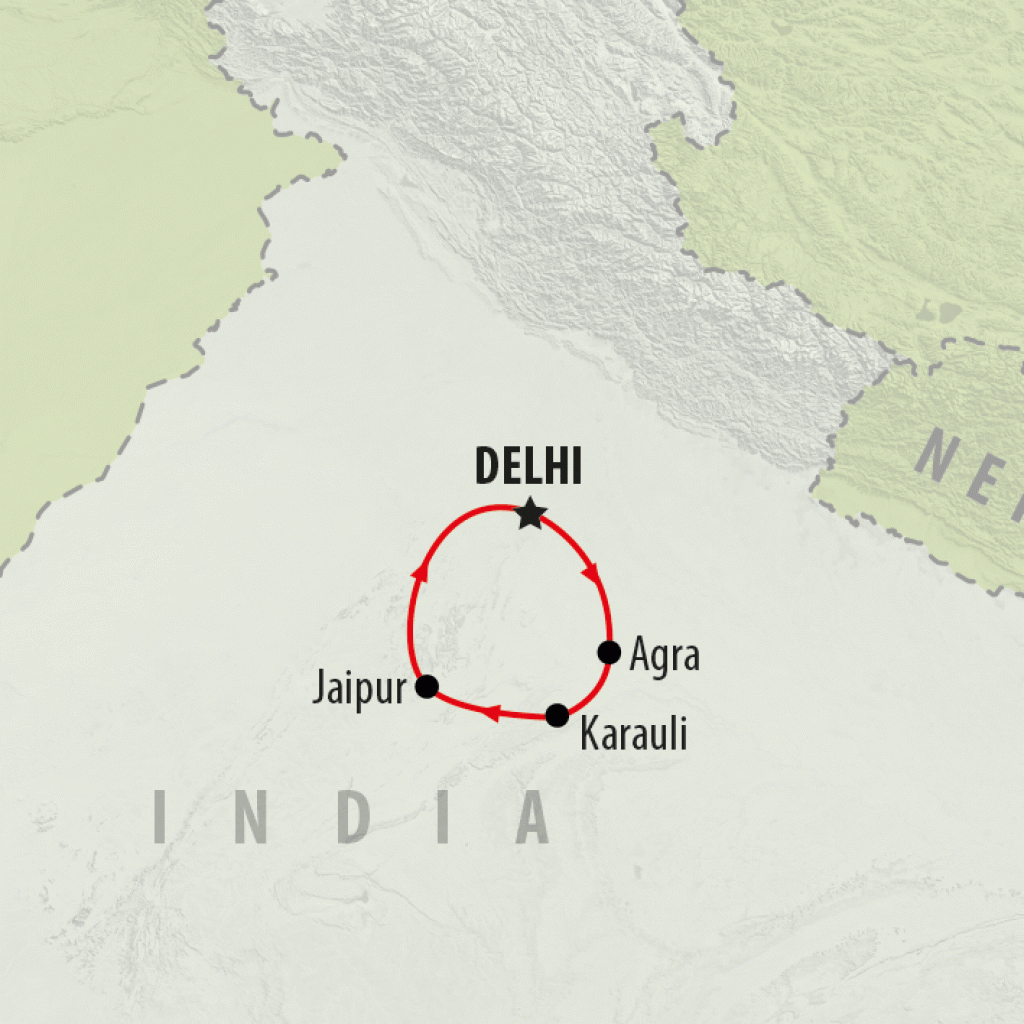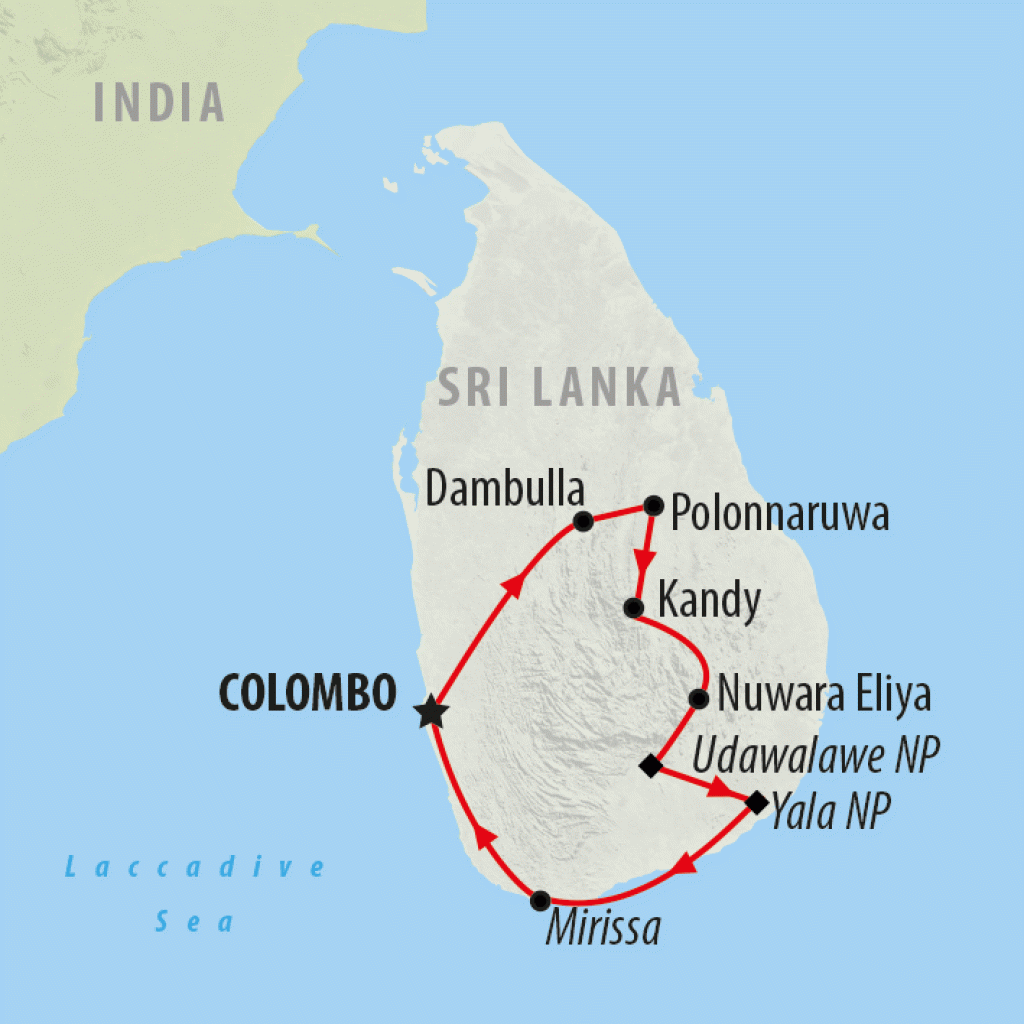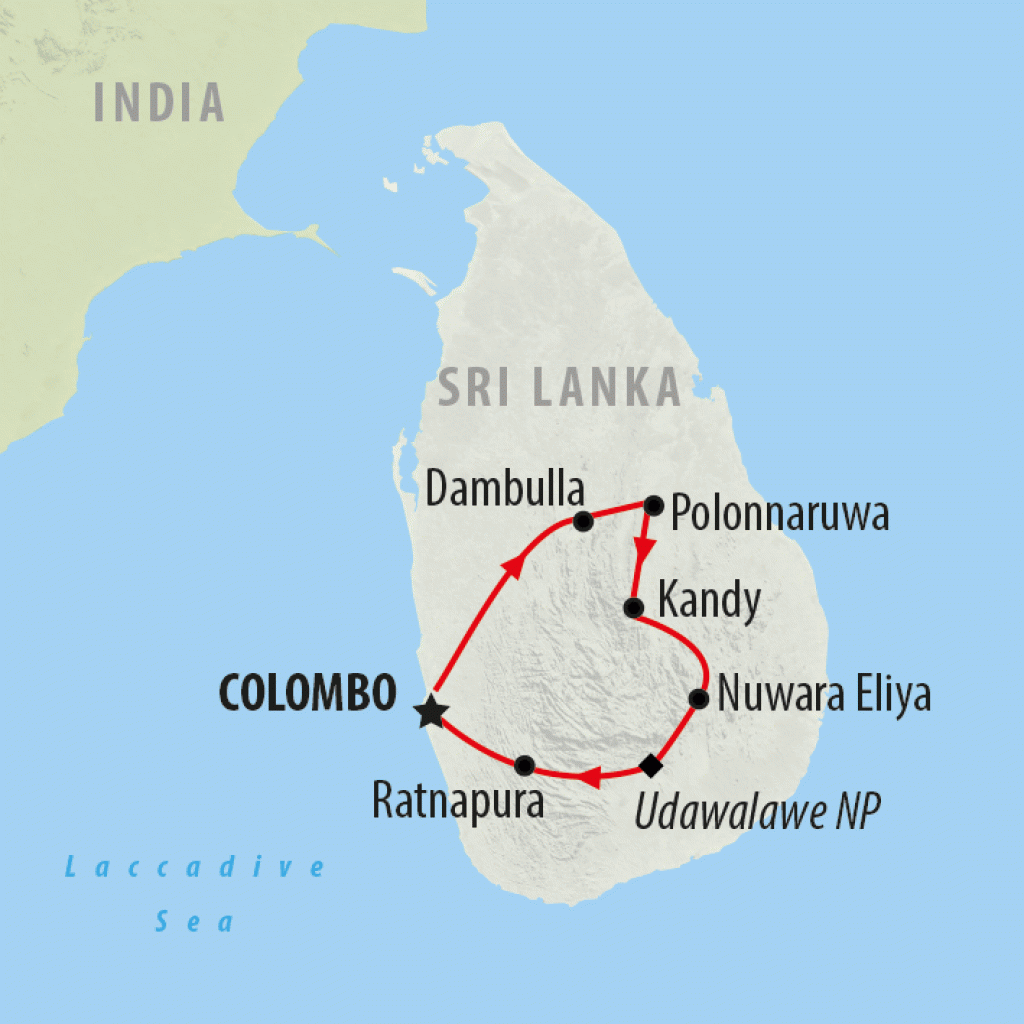Seasons and Weather
Unlike Europe and North America, the climate in the Indian Subcontinent revolves entirely around rainfall. Whilst much of the world experiences four distinct seasons, there are just two in this part of the world - wet and dry. In the Indian Subcontinent, when it rains, it pours, as the monsoon sweeps across nations, bringing the land back to life as it goes. With this in mind, it is important to plan your journey carefully.
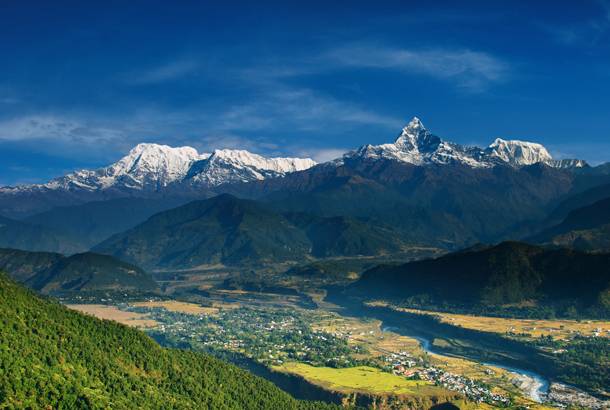
Warm and Dry Season (March-May & September-November)
For the majority of the region, the warm and dry season is the best time to travel. In the south of India, the rains will have significantly dissipated by this point and the sun will be shining virtually every day although there might still be some clouds. The Himalayan region in the north of India is at its prime during these months as the rains will have dried up but the real chill of winter is either yet to arrive or already gone.
Sri Lanka maintains a reasonably stable temperature throughout the year so you hardly need to worry about being cold. The warm and dry seasons fall between the country’s two monsoons, making them the best times to explore the country. The southern coastline is particularly beautiful at this time of the year, as are the national parks, having just been rehydrated by the rains.
In Nepal, the peak season for trekking falls in the second warm and dry season (September – November). At this point, the air is at its clearest and the views of the mountains are truly breathtaking. The rain will have finished and the temperature will be pleasantly cool during the day. Bear in mind that if you plan on booking your trek for this season you will be travelling during the country’s most popular season, meaning you may find many destinations and activities more expensive and crowded. The same rules apply for Bhutan with the added bonus of the rhododendrons blooming between March and June, painting the landscape with bright, beautiful colours.
Recommended Tours for the Warm & Dry Season
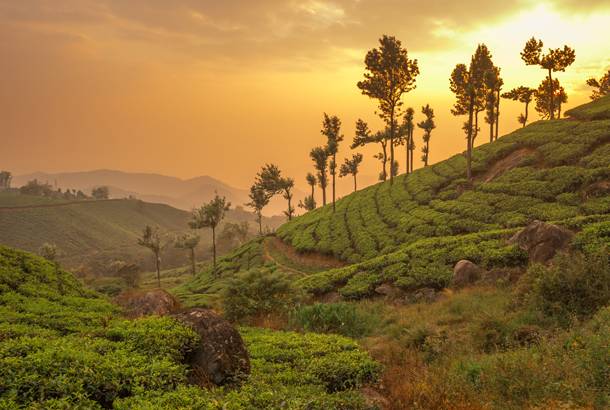
Cool and Dry Season (December – February)
This is the coldest time of the year for the entire Indian Subcontinent but the temperature ranges from the high 20s to the minus 20s depending on your altitude. In Nepal and Bhutan snow makes a lot of the trekking routes inaccessible and the cold can get so unbearable that many guesthouse owners will actually close up for a month or two. However, if you can brave the chill, you will have the mountains all to yourself and enjoy some beautiful clear skies while you’re there. The cold does not affect the cities in Nepal as much so it's still a good time for cultural sightseeing.
For India, the cool and dry season is a welcome relief. While the Himalayas are a bit too cold, the rest of the country cools to a pleasant temperature, making this the ideal time to visit cities like Agra, Jaipur, Delhi, Kolkata and Mumbai. In the south, Goa and Kerala get pretty busy as Europeans fill the streets desperately trying to soak up as much winter sun as they can before returning home.
The east coast monsoon in Sri Lanka hits the country during the cool and dry season, making it the best time of the year to visit the west and south coast as well as a number of hilly parts of the country. Given that the west coast is more developed and has a better tourism infrastructure, December–February is the best time overall to visit Sri Lanka, although it can be more crowded and pricier than the rest of the year.
Recommended Tours for the Cool & Dry Season
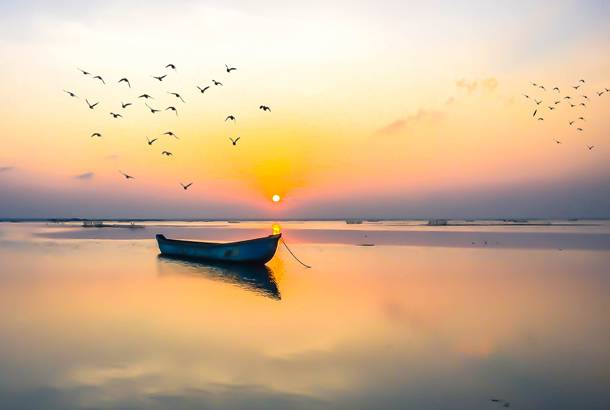
Monsoon Season (May – September)
Each country within the Indian subcontinent is affected by its own weather patterns but generally the monsoon season will fall at some point between May and September. Sri Lanka is the exception as only the west coast will be hit by monsoons during this period with the east coast getting drenched from December to March. This means that the months between May and September are the best for visiting the east coast of Sri Lanka.
In India, the monsoon tends to hit Kerala around June and then makes its way across the country, usually finishing in September. However, monsoon season shouldn’t necessarily stop you from travelling as rain tends just to fall in bursts for a couple of hours every day, time you could use for doing something indoors. In between showers, the sun will shine through in full force and the country will get very hot with intense humidity. This usually means that big cities will heat up during the day but can be navigated comfortably in the mornings and evenings and places like Goa will still be enjoyable and much less crowded than in peak season. The Himalaya region, although wet, is at its warmest during this period.
For Bhutan and Nepal, June to September means heavy rain and not much else. Those looking for spectacular mountain views and the chance to go trekking in the Himalayas during this time may end up being disappointed as certain parts of the country become completely inaccessible and clouds can obscure mountain peaks. Despite the obvious inconveniences for travellers, the arrival of the monsoon is celebrated across the region, as it breathes new life into the land.
Best Festivals in the Indian Subcontinent
Of course, weather isn’t the only factor to take into account when planning your trip. India has one of the most diverse and fascinating selections of festivals of any country in the world and its neighbouring countries don’t do too badly on that front either. Cultural, religious and historical festivals take place on almost a daily basis across the region so you’re bound to find something to celebrate whenever you choose to travel. However, if you want to check out some of the major festivals then take note of the following events. Please be aware that the dates for many of these festivals change each year and should be checked before confirming any travel plans.
Holi (February/March)
You have probably seen photos of people visiting India and getting covered from head to toe in coloured powder – this is Holi. The festival celebrates the arrival of spring and as far as Indian festivals go, it is one of the more secular events of the year. It is generally seen as a time for families and friends to get together and enjoy themselves whilst celebrating love, colour and fertility. According to legend, everyone paints their faces with colours so that caste and race become irrelevant during the ceremonies.
Recommended Tour: Holi Festival of Colour
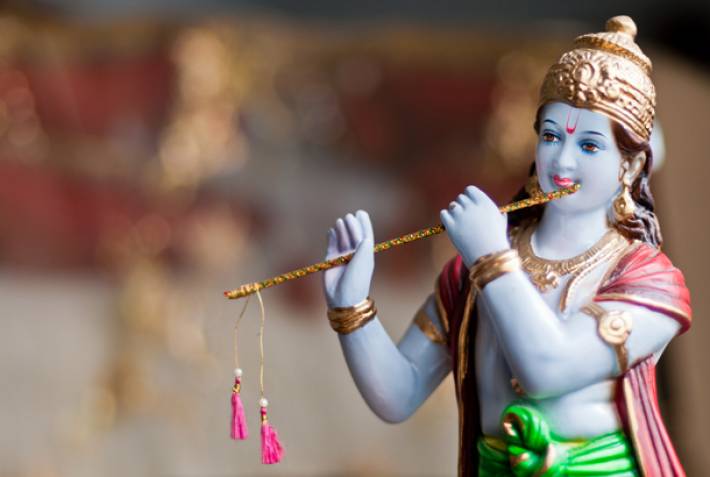
Janmashtami (July/August)
Also known as Krishna Janmashtami, this festival celebrates the birth of Lord Krishna, a Hindu God. This day is incredibly important for Hindus and offers time for spiritual reflection and renewal whilst devotees give thanks for the birth of one of their best loved deities. It is said that Krishna is so revered because he connects with every single person who worships him on a personal level and becomes, in some respects, an intimate and compassionate friend. Festivities last all day and take place in a local temple where people will gather in order to dance, sing and eat after fasting all day.
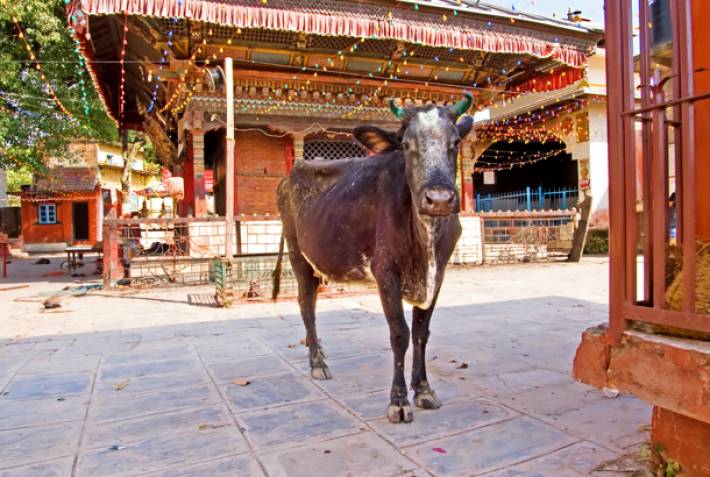
Gai Jatra (August/ September)
Celebrated in Nepal, this festival is a time for locals to commemorate anyone who has died over the course of the previous 12 months. The name of the festival translates as 'Cow Festival' as cows play a large part in the ceremonies. If a family has lost one of its members in the past year it is expected to lead a cow through the streets with all of the other families, showing that they are not alone in their grief. If the family does not have a cow then a boy dressed as a cow is considered a fair substitute – a humorous sight to behold.
Diwali (October/November)
Diwali is a five day festival that marks the New Year and is probably the most important event of the year for Hindus, Sikhs and Jains. The main feature of Diwali is light (it is known as the Festival of Lights) and during the five day period houses and streets are decorated with candles and coloured lights in honour of Lakshmi, the Goddess of wealth. As candles are lit, devotees pray for prosperity in the coming year and celebrate the return of Rama and Sita.
Recommended Tour: Diwali Festival of Lights
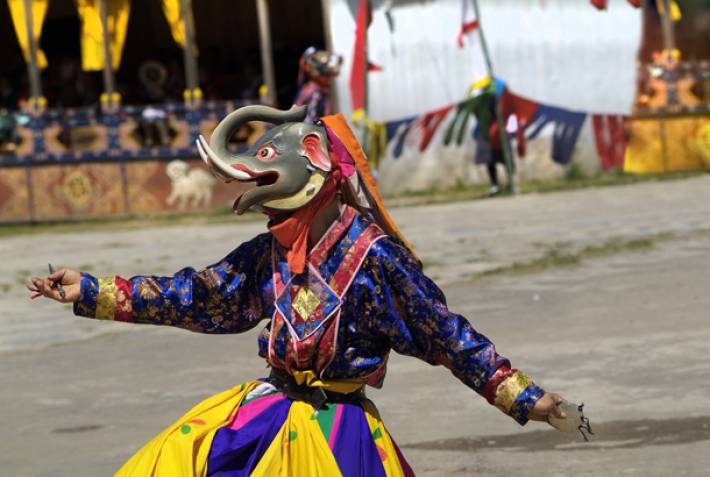
Thimphu Tshechu Festival (September)
Every city and town in Bhutan has its own tshechu at various points throughout the year, meaning you almost always have the chance to catch one, as long as you don’t mind potentially travelling a bit. The main function of these festivals is to promote social bonding and give locals the chance to spend time together. The Thimphu Festival in particular is one of the best. The celebrations also include plenty of masked performance dancing with a special meaning or story behind each one.
Recommended Tour:The Thimphu Festival
